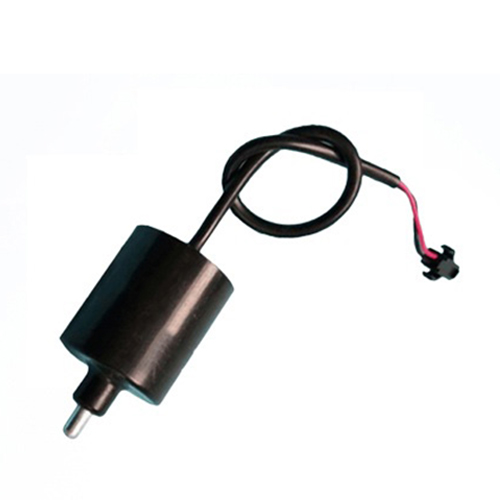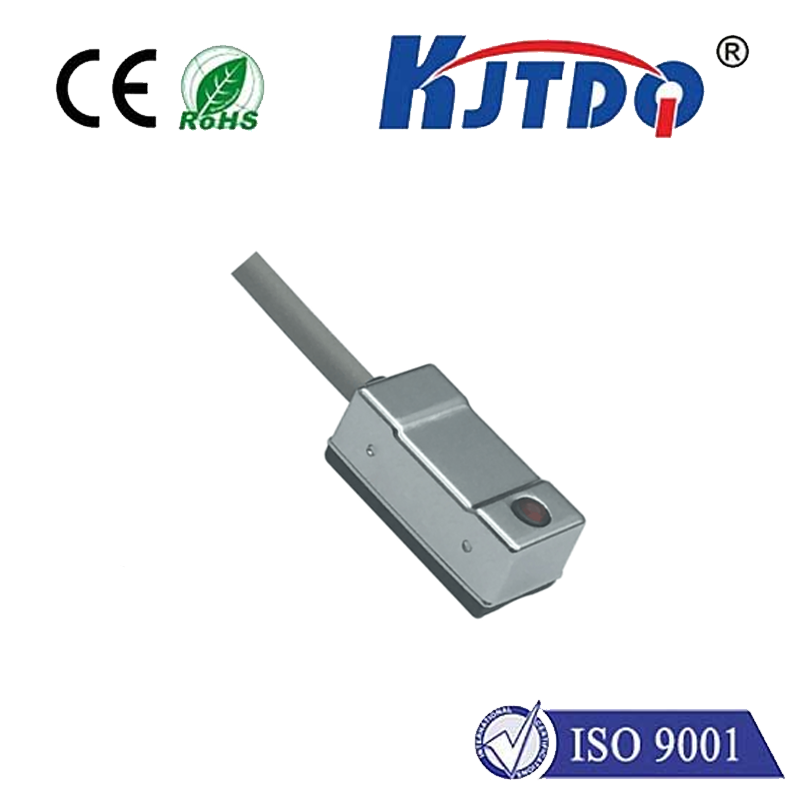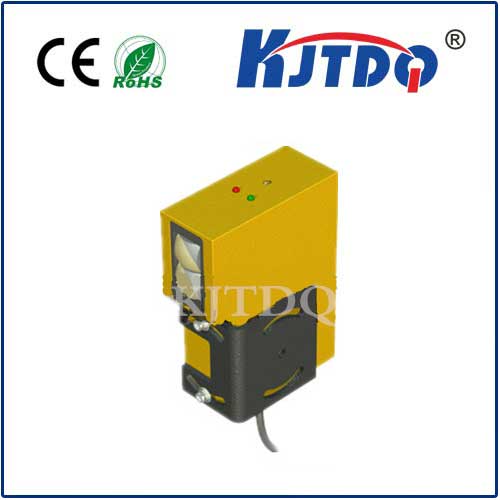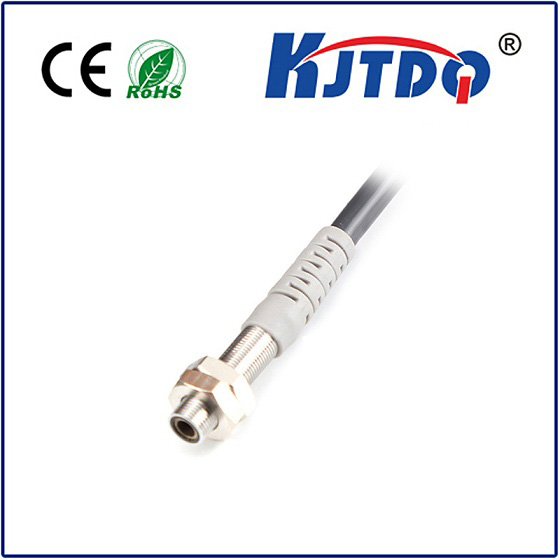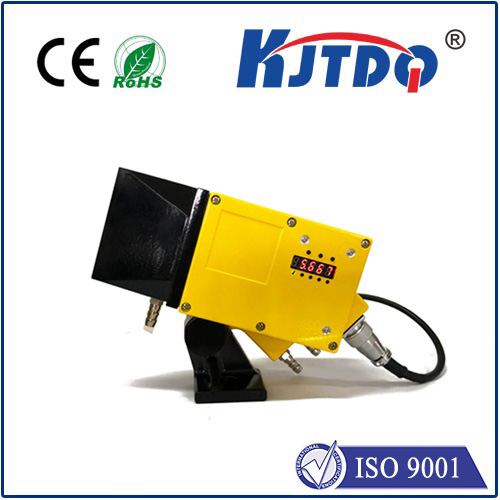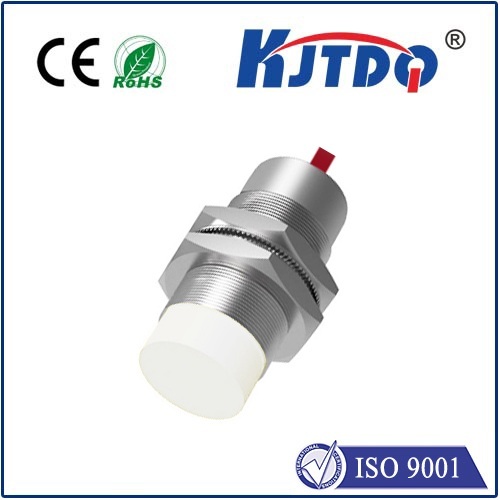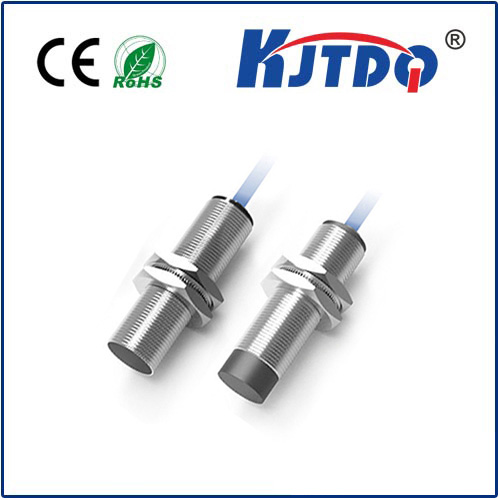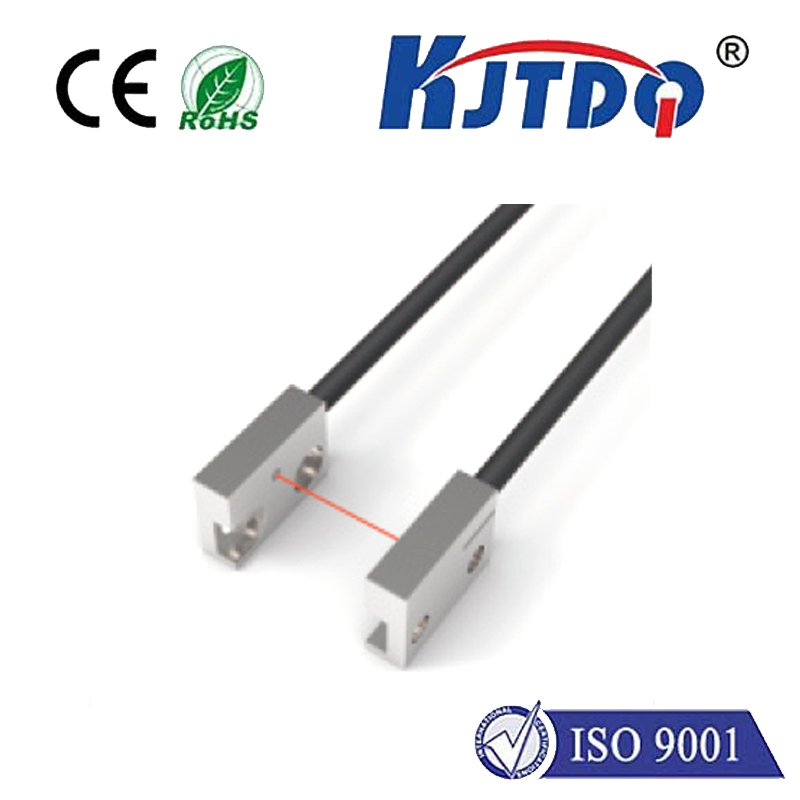

check

check

check

check
Imagine a factory humming with activity. Robotic arms weld components, conveyor belts glide seamlessly, and machines assemble intricate parts with astonishing precision. This symphony of automation relies heavily on unseen heroes: sensors that precisely know where things are, when they arrive, and when they depart. Among the most trusted and widely deployed are 24V proximity sensors, the workhorses enabling countless industrial processes to run smoothly, safely, and efficiently. Their robust presence underpins modern manufacturing, packaging, and material handling.
But what exactly is a 24 volt proximity sensor, and why does this specific voltage dominate industrial settings? At its core, it’s an electronic sensor designed to detect the presence or absence of an object without physical contact. Unlike mechanical switches that require a bump or touch, proximity sensors work through an electromagnetic field (inductive type) or electrostatic field (capacitive type). The “24V” designation refers to its operating voltage – specifically, a 24V DC power supply. This voltage level has become the de facto standard in industrial control systems for critical reasons related to safety, reliability, and compatibility.
Understanding the Core Principle: Inductive and Capacitive Sensing
The majority of 24V proximity sensors utilize inductive sensing. These contain an oscillator circuit that generates a high-frequency electromagnetic field emanating from the sensor’s active face. When a metallic target object enters this field, eddy currents are induced on the target’s surface. This interaction dampens or alters the oscillation. The sensor’s internal circuitry detects this change and triggers an output signal – essentially switching its state from “off” to “on” or vice versa. This makes them ideal for detecting metal parts like gears, pistons, clamps, or conveyor components. Their non-contact nature eliminates wear and tear, ensuring long operational life.

For non-metallic targets like plastic, wood, cardboard, liquids, or granular materials, capacitive proximity sensors step in. These generate an electrostatic field. When any object with a dielectric constant different from air enters this field, it alters the sensor’s capacitance. Similar to inductive types, the internal circuit detects this change and switches the output state. While less common than inductive sensors in purely metal detection roles, capacitive 24V proximity sensors are vital in packaging, material level detection, and handling non-metallic goods.
Why 24V DC Reigns Supreme in Industry
The prevalence of the 24 volt proximity sensor isn’t accidental. Several key advantages solidify its position:
Key Features and Specifications to Consider
When selecting a 24 volt proximity sensor, understanding its specifications is crucial:
Versatile Applications Across Industries
The 24 volt proximity sensor finds application in virtually every industrial sector:
Choosing and Installing Your 24V Proximity Sensor
Selecting the right sensor involves matching its specifications to the application’s demands: target material, required sensing distance, environmental conditions, and control system interface (voltage, PNP/NPN, NO/NC). During installation, ensure the target approaches the sensor correctly (usually perpendicularly to the sensing face) and within its rated sensing range. Avoid mounting sensors too close to metal structures like machine frames, as this can significantly reduce their effective sensing distance. Securely mount the sensor to minimize vibration effects and protect wiring from abrasion or accidental damage. Proper installation directly impacts performance and reliability. Understanding the 24 volt proximity sensor principle, its advantages, key features, and application areas empowers engineers and technicians to implement reliable, safe, and efficient automated solutions. Their robustness, compatibility, and consistent performance make them the backbone of object detection in demanding industrial environments worldwide. For reliable operation, ensure the sensor’s voltage specifications are matched, wiring polarity is correct, and
